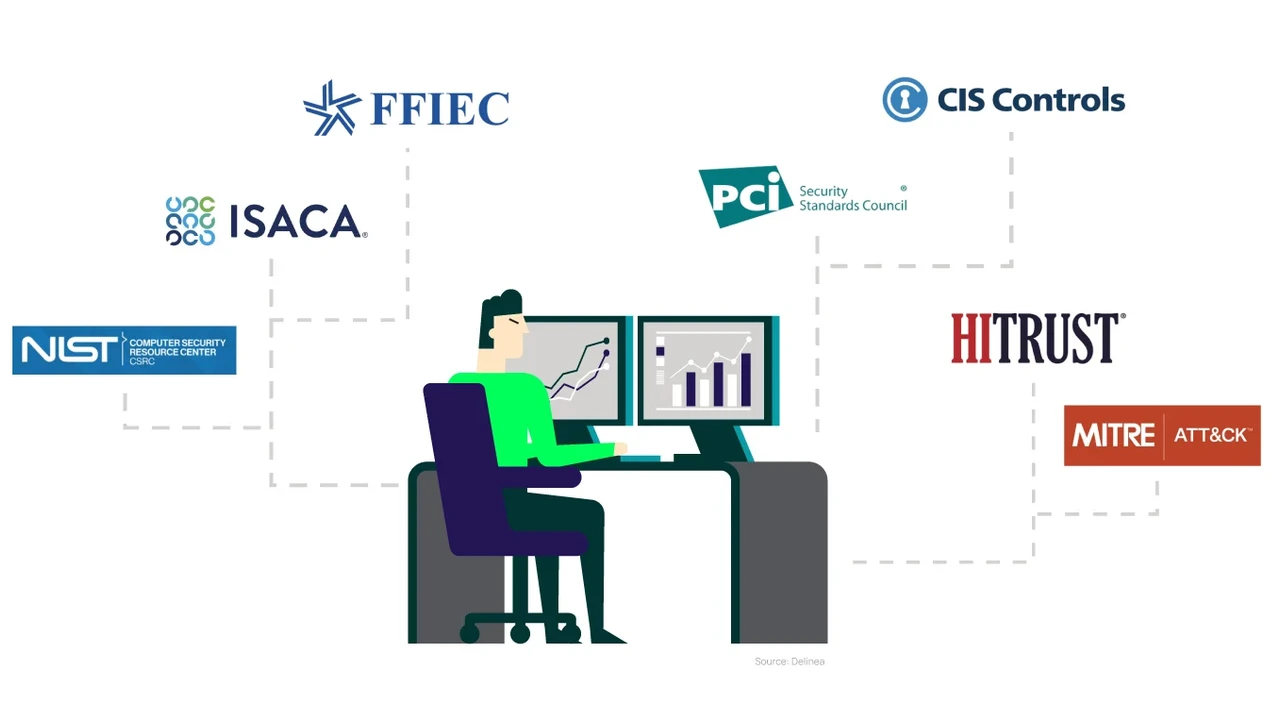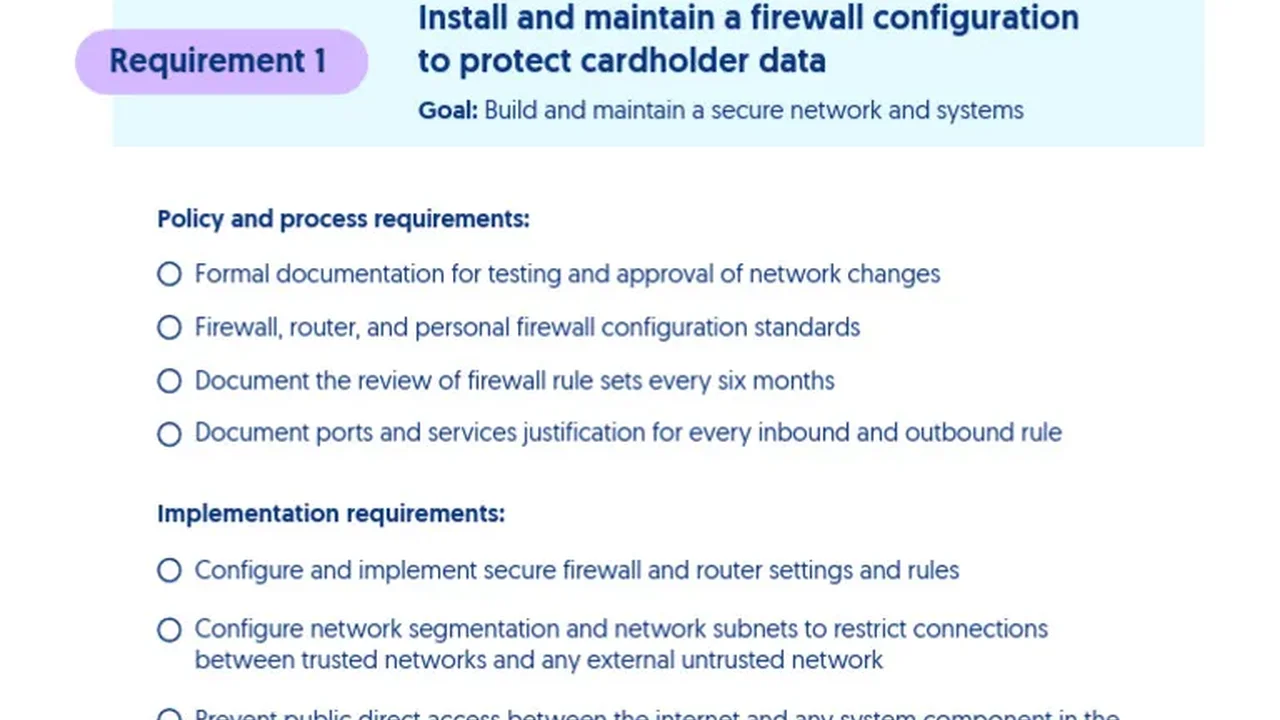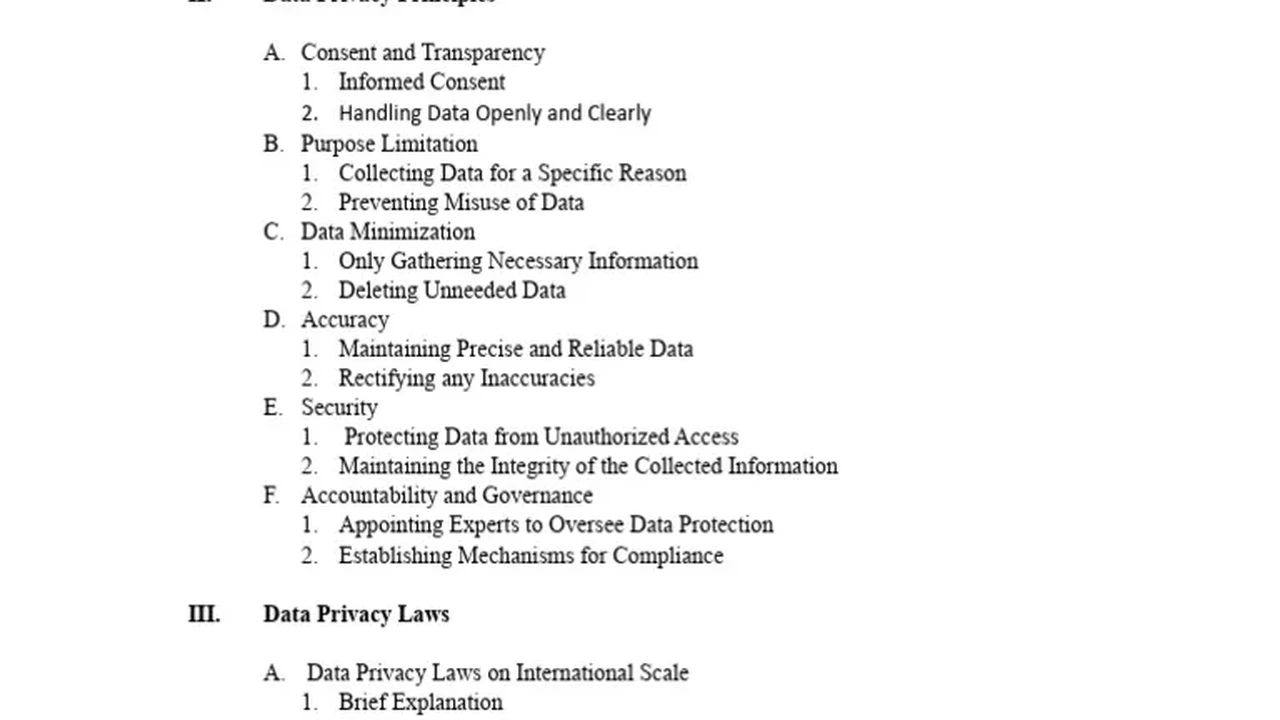Cybersecurity Awareness Training 10 Best Practices for Employees
Improve your organization's cybersecurity posture through effective employee training. Discover 10 best practices for creating engaging and impactful cybersecurity awareness programs.

Why Cybersecurity Awareness Training Matters: Reducing Human Error
Let's face it, technology isn't always the weakest link in cybersecurity – often, it's us! Human error contributes significantly to data breaches and cyberattacks. Phishing scams, weak passwords, and falling for social engineering tactics are all too common. That's where cybersecurity awareness training comes in. It's not just about ticking a box; it's about empowering your employees to be the first line of defense against cyber threats. By educating them about potential risks and how to avoid them, you dramatically reduce the chances of a successful attack.
10 Best Practices for Effective Cybersecurity Awareness Training Programs
Ready to build a rock-solid cybersecurity awareness program? Here are 10 best practices to guide you:
1. Tailor Training to Your Audience: Understanding Roles and Risks
Generic training? Forget about it! Every department and role within your organization faces different cybersecurity risks. A marketing team is more likely to encounter phishing attempts disguised as promotional offers, while developers need to be vigilant about code vulnerabilities. Customize your training content to address the specific threats relevant to each group. This makes the information more relatable and impactful.
2. Keep it Engaging and Interactive: Beyond the Boring Slides
Death by PowerPoint? No, thank you! Nobody learns effectively when they're bored. Ditch the dry lectures and embrace interactive learning methods like:
- Gamification: Use points, badges, and leaderboards to make learning fun and competitive.
- Simulations: Run mock phishing campaigns to test employees' ability to identify and report suspicious emails.
- Quizzes and Assessments: Reinforce learning and identify areas where employees need more support.
- Real-life Scenarios: Present realistic scenarios that employees might encounter in their daily work and ask them how they would respond.
3. Focus on Practical Skills: Actionable Knowledge is Key
Theory is great, but practical application is even better. Don't just tell employees about phishing scams; show them how to identify red flags like suspicious sender addresses, grammatical errors, and urgent requests for information. Equip them with the skills they need to take action and protect themselves and the organization.
4. Regular and Ongoing Training: Reinforcement is Crucial
Cybersecurity threats are constantly evolving, so your training shouldn't be a one-time event. Implement a regular training schedule with ongoing reinforcement. This could include monthly newsletters, quarterly webinars, or short, bite-sized training modules. Regular updates keep cybersecurity top of mind and ensure that employees are aware of the latest threats.
5. Phishing Simulations: Testing and Learning from Real-World Scenarios
Phishing simulations are a powerful tool for testing employees' awareness and identifying weaknesses in your defenses. Send out simulated phishing emails and track who clicks on the links or provides sensitive information. Use the results to identify areas where training needs to be improved and provide targeted support to employees who struggled with the simulation. Remember, the goal is to educate, not to punish.
6. Mobile Security Best Practices: Securing Devices and Data on the Go
With the rise of remote work and BYOD (Bring Your Own Device) policies, mobile security is more important than ever. Train employees on how to secure their mobile devices, including using strong passwords, enabling two-factor authentication, and avoiding unsecured Wi-Fi networks. Also, emphasize the importance of keeping their devices and apps up to date with the latest security patches.
7. Password Management Best Practices: Creating and Storing Strong Passwords
Weak passwords are a major security vulnerability. Educate employees about the importance of creating strong, unique passwords and using a password manager to store them securely. Discourage the use of easily guessable passwords like birthdays, pet names, or common words. Promote the use of passphrases – longer, more complex passwords that are easier to remember than random strings of characters.
8. Data Privacy and Protection: Understanding Regulations and Responsibilities
Make sure employees understand their responsibilities when it comes to data privacy and protection. Explain the importance of complying with data privacy regulations like GDPR and CCPA. Teach them how to handle sensitive data securely and how to report data breaches. Emphasize the importance of protecting customer data and maintaining trust.
9. Social Engineering Awareness: Recognizing and Avoiding Manipulation Tactics
Social engineering attacks rely on manipulating people into divulging sensitive information or taking actions that compromise security. Train employees on how to recognize and avoid social engineering tactics like pretexting, baiting, and quid pro quo. Teach them to be skeptical of unsolicited requests for information and to verify the identity of anyone asking for sensitive data.
10. Reporting Suspicious Activity: Empowering Employees to Speak Up
Encourage employees to report any suspicious activity, no matter how small or insignificant it may seem. Create a clear and easy-to-use reporting process and assure employees that they will not be penalized for reporting potential security incidents. The sooner you're aware of a potential threat, the sooner you can take action to mitigate the risk.
Cybersecurity Awareness Training Tools and Solutions: A Comparison
Choosing the right tools can significantly enhance your cybersecurity awareness training program. Here are a few popular options, along with their key features, pricing, and use cases:
1. KnowBe4: Comprehensive Training and Phishing Simulations
Key Features: Extensive library of training content, advanced phishing simulations, reporting and analytics, customizable training modules.
Use Cases: Suitable for organizations of all sizes, particularly those seeking a comprehensive solution with a wide range of features.
Pricing: Subscription-based, pricing varies depending on the number of users and features selected. Contact KnowBe4 for a custom quote.
Comparison: KnowBe4 is a market leader with a robust platform and a large selection of training content. It's a good choice for organizations that need a comprehensive solution and are willing to invest in a premium product.
2. SANS Institute: Expert-Led Training and Certification
Key Features: High-quality training content developed by cybersecurity experts, certification programs, hands-on labs, and real-world scenarios.
Use Cases: Ideal for organizations that want to provide in-depth training to their IT security staff and other technical employees.
Pricing: Course fees vary depending on the length and complexity of the training. Certification exams also have separate fees.
Comparison: SANS Institute is known for its high-quality training and certification programs. It's a good choice for organizations that want to invest in expert-led training for their technical staff.
3. Proofpoint Security Awareness Training: Integrated Email Security and Training
Key Features: Integrated with Proofpoint's email security platform, phishing simulations, interactive training modules, reporting and analytics.
Use Cases: Best for organizations that already use Proofpoint's email security solutions and want to integrate security awareness training into their existing security infrastructure.
Pricing: Subscription-based, pricing varies depending on the number of users and features selected. Contact Proofpoint for a custom quote.
Comparison: Proofpoint offers a tightly integrated solution that combines email security and security awareness training. It's a good choice for organizations that want to streamline their security operations and improve their overall security posture.
4. NINJIO: Engaging Video-Based Training
Key Features: Short, engaging video-based training modules, real-world scenarios, gamified learning, and mobile-friendly design.
Use Cases: Suitable for organizations that want to provide engaging and easy-to-consume training to their employees.
Pricing: Subscription-based, pricing varies depending on the number of users and features selected. Contact NINJIO for a custom quote.
Comparison: NINJIO focuses on creating engaging video-based training content that is easy for employees to understand and remember. It's a good choice for organizations that want to improve employee engagement and retention of training information.
Measuring the Success of Your Cybersecurity Awareness Training Program
How do you know if your training is making a difference? Track key metrics like:
- Phishing Click-Through Rates: Monitor the percentage of employees who click on links in simulated phishing emails. A decrease in click-through rates indicates improved awareness.
- Reporting Rates: Track the number of employees who report suspicious emails or other security incidents. An increase in reporting rates suggests that employees are more vigilant and proactive about security.
- Employee Knowledge Assessments: Conduct regular quizzes and assessments to measure employees' understanding of cybersecurity concepts.
- Incident Response Times: Measure the time it takes to respond to security incidents. Faster response times indicate improved preparedness and coordination.
By tracking these metrics, you can identify areas where your training is effective and areas where it needs to be improved. Use this data to refine your program and ensure that it's delivering the best possible results.
:max_bytes(150000):strip_icc()/277019-baked-pork-chops-with-cream-of-mushroom-soup-DDMFS-beauty-4x3-BG-7505-5762b731cf30447d9cbbbbbf387beafa.jpg)





 Strategies to Protect Sensitive Information.webp)
